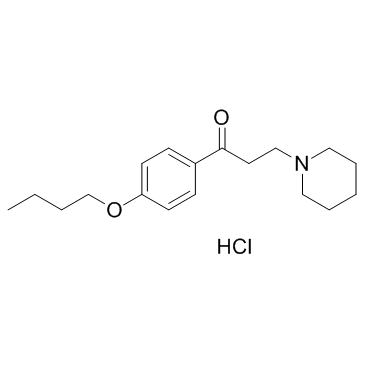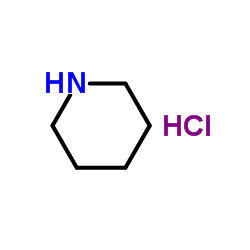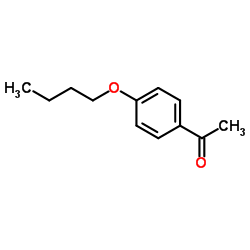536-43-6
| Name | dyclonine hydrochloride |
|---|---|
| Synonyms |
1-Propanone, 1-(4-butoxyphenyl)-3-(1-piperidinyl)-, hydrochloride (1:1)
1-(4-Butoxyphenyl)-3-(1-piperidinyl)-1-propanone hydrochloride (1:1) 4-n-Butoxy-β-(1-piperidyl)propiophenone hydrochloride Tanaclone 1-(2-(4-Butoxybenzoyl)ethyl)piperidine Hydrochloride 1-Propanone, 1-(4-butoxyphenyl)-3-(1-piperidinyl)-, hydrochloride (9CI) MFCD00035386 4'-BUTOXY-3-PIPERIDINOPROPIOPHENONE HYDROCHLORIDE 1-(4-Butoxyphenyl)-3-(1-piperidinyl)-1-propanone Hydrochloride 4-n-Butoxy-b-(1-piperidyl)propiophenone Hydrochloride 1-Propanone, 1- (4-butoxyphenyl)-3-(1-piperidinyl)-, hydrochloride Dyclone Dyclonine hydrochloride EINECS 208-633-6 1-(4-butoxyphenyl)-3-piperidin-1-ylpropan-1-one,hydrochloride 1-(4-Butoxyphenyl)-3-(piperidin-1-yl)propan-1-one hydrochloride (1:1) Dyclocaine hydrochloride dyclonine hcl Piperidine, 1-[2-(4-butoxybenzoyl)ethyl], hydrochloride Dyclothane Dyclonine (hydrochloride) |
| Description | Dyclonine is an oral anaesthetic found in Sucrets, an over the counter throat lozenge.Target: Sodium ChannelDyclonine is an oral anaesthetic that is the active ingredient of Sucrets, an over the counter throat lozenge. It is also found in some varieties of the Cepacol sore throat spray. It is a local anesthetic, used topically as the hydrochloride salt. Dyclonine hydrochloride has been found to possess, in addition to its topical anesthetic properties, significant bactericidal and fungicidal activity. Self-sterilizing action manifested by preparations containing the drug was considerably enhanced upon the addition of chlorobutanol. Results of in vitro tests employing microorganisms commonly involved in local infections indicated that the two agents in combination act synergistically [1, 2]. |
|---|---|
| Related Catalog | |
| References |
| Boiling Point | 424.5ºC at 760 mmHg |
|---|---|
| Melting Point | 175-176°C |
| Molecular Formula | C18H28ClNO2 |
| Molecular Weight | 325.873 |
| Flash Point | 210.5ºC |
| Exact Mass | 325.180847 |
| PSA | 29.54000 |
| LogP | 4.66410 |
CHEMICAL IDENTIFICATION
HEALTH HAZARD DATAACUTE TOXICITY DATA
|
| Hazard Codes | Xn: Harmful; |
|---|---|
| Risk Phrases | R22 |
| Safety Phrases | S26-S36 |
| RIDADR | 3249 |
| WGK Germany | 3 |
| RTECS | UG8750000 |
| Packaging Group | III |
| Hazard Class | 6.1(b) |
| HS Code | 2942000000 |
|
~% 
536-43-6 |
| Literature: CHEMTECH, , vol. 4, p. 241,243 Journal of the American Pharmaceutical Association (1912-1977), , vol. 46, p. 542,544 |
| HS Code | 2933399090 |
|---|---|
| Summary | 2933399090. other compounds containing an unfused pyridine ring (whether or not hydrogenated) in the structure. VAT:17.0%. Tax rebate rate:13.0%. . MFN tariff:6.5%. General tariff:20.0% |




